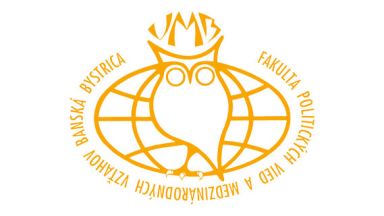Najdôležitejšie faktory efektívnosti flexibilnej exogénnej integrácie EÚ na príklade Ukrajiny
THE MOST IMPORTANT FACTORS OF EFFICIENCY OF FLEXIBLE EXOGENOUS INTEGRATION TO THE EU ON UKRAINIAN EXAMPLE
Igor Kosír - Ivana Slobodníková - Jana Orlická
***
Politické vedy, Volume 19, Number 2/2016, pages 8-34
Odporúčaná forma citácie článku / Recommended form for quotation of the article:
KOSÍR, I. - SLOBODNÍKOVÁ, I. - ORLICKÁ, J . 201 6 The Most Important Factors of Efficiency of Flexible Exogenous Integration to the EU on Ukrainian Example. In Politické vedy. [online]. Roč. 19 č. 2, 2016 . ISSN 1335-2741 , s. 177-207. Dostupné na <http://www.politickevedy .fpvmv.umb.sk/archiv vydani/2016/2 2016igorkosirivanaslobodnikovajanaorlicka.
ABSTRACT
Ukraine has a special more than 3 years' experience of free trade regime with the CIS countries, being only CIS associate member. Ukraine joined CISFTA in 2011. Efficiency of this flexible exogenous integration was low, mainly due to complicated bilateral relations with Russia. Aiming to reach a successful development of a flexible exogenous integration in the EU Eastern neighbourhood the new EU initiative was launched in May 2009: EU Eastern Partnership , and Ukraine (UA) became then one of EU strategic partners among six ex Soviet republics. EU successfully negotiated and finally signed the Associati on Agreements including DCFTA part on a creation of a free trade regime between the partners with 3 of them: Ukraine, Georgia and Moldova in 2014. The article aims to analyse Ukrainian flexible exogenous integration to the EU, with focus on economic environment, trade and key elements for future efficiency, as well as impact on economy and society of the country. Although, de iure Ukrainian flexible exogenous integration to the EU started in 2014, de facto the process started on 1 January 2016. Taking into account following decision, Ukrainians chose their orientations towards the EU integration, leaving bilateral relations with Russia in question. In conclusion, for Ukraine to retain the highest possible efficiency in building flexible exogenous integration , it will have to implement EU acquis communautaire legal system and build its institutions using EU rules.
Key words: flexible exogenous integration, deep and comprehensive free trade agreement, free trade area, the higher order integration, economic growth, competitiveness, EU, DCFTA
Súbory na stiahnutie
| Názov | Veľkosť | Formát | Dátum | Zoradiť podľa: |
|---|---|---|---|---|
| Najdôležitejšie faktory efektívnosti flexibilnej exogénnej integrácie EÚ na príklade Ukrajiny | Veľkosť: 683.6 kB | Formát: pdf | Dátum: 3.1.2024 |





